Resources
About Us
Rotary Heat Pump Compressor Market Size, Share & Forecast 2025-2035 | Growth Analysis by Product Type, Compressor Design, Refrigerant Type, Application, End-User & Geography
Report ID: MREP - 1041521 Pages: 220 Jul-2025 Formats*: PDF Category: Energy and Power Delivery: 24 to 72 Hours Download Free Sample ReportKey factors driving the growth of the overall rotary heat pump compressor market include the growing demand for energy-efficient heating solutions, increasing adoption of heat pump technologies, rising focus on decarbonization and sustainability, government incentives and regulatory support, technological advancements in compressor design, and growing HVAC market and infrastructure development. However, this growth is restrained by high initial investment and installation costs, limited awareness in emerging markets, performance limitations in extreme weather conditions, and competition from alternative compressor technologies.
Additionally, emerging opportunities in expansion of emerging markets, integration with smart home technologies, development of low-GWP refrigerant compressors, and growing industrial heat recovery applications are poised to offer significant growth opportunities for market players. The adoption of variable speed and inverter technologies and integration of IoT and digital monitoring systems are emerging as notable trends in this market.
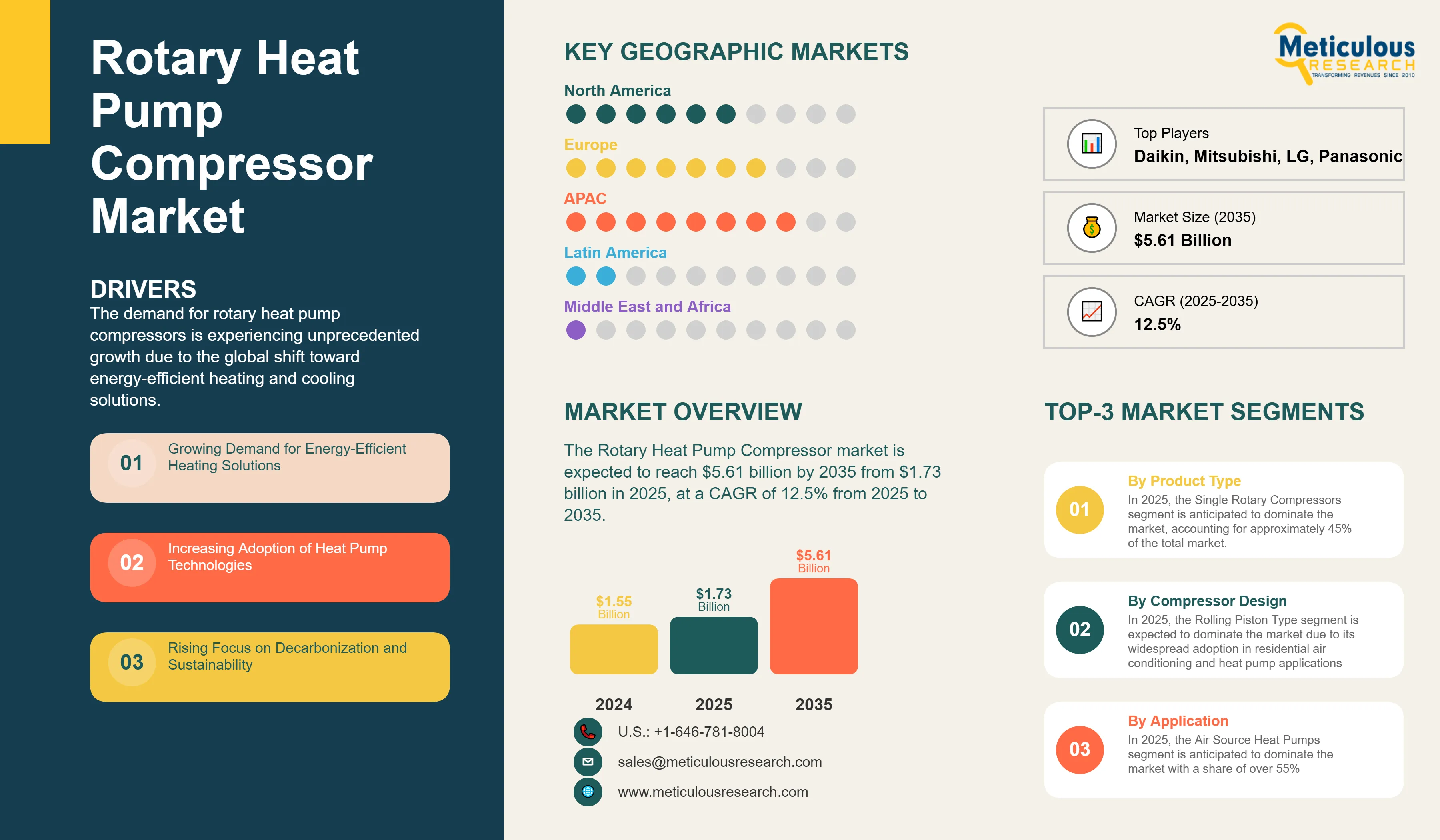
Growing Demand for Energy-Efficient Heating Solutions
The demand for rotary heat pump compressors is experiencing unprecedented growth due to the global shift toward energy-efficient heating and cooling solutions. Modern consumers and businesses are increasingly adopting heat pump technologies to reduce energy consumption and operational costs, driving demand for sophisticated compressor systems with higher efficiency ratings and advanced functionality. The rotary heat pump compressor market benefits from this trend as HVAC manufacturers seek compressors that can deliver superior energy performance while maintaining reliability and durability.
The rise of smart buildings and sustainable construction practices, coupled with increasing awareness of environmental impact, is driving this trend. Advanced rotary compressor solutions, featuring variable speed technology, precision motor control, and optimized refrigerant handling, appeal to equipment manufacturers who prioritize energy efficiency and environmental sustainability while meeting performance requirements.
The energy efficiency revolution has gained significant momentum in recent years, with HVAC manufacturers demanding sophisticated compressor solutions that can accommodate varying load conditions, support advanced control systems, and maintain cost-effectiveness for residential and commercial applications.
Increasing Adoption of Heat Pump Technologies
Rotary heat pump compressors offer enhanced efficiency compared to traditional heating systems due to their ability to extract heat from ambient air, ground, or water sources, providing both heating and cooling capabilities in a single system. The heat pump adoption process, which includes replacing conventional heating systems with electric heat pumps, results in significant energy savings and reduced carbon emissions. Research suggests that modern rotary compressor-based heat pumps may provide 200-400% efficiency due to their heat transfer capabilities rather than direct fuel combustion.
Rotary heat pump compressors are regarded as critical enablers due to their role in supporting residential comfort systems, commercial HVAC installations, and industrial heat recovery applications. Modern rotary compressor solutions maintain operational efficiency across wide temperature ranges while providing reliable performance, making them particularly attractive to HVAC manufacturers, system integrators, and end-users seeking sustainable heating solutions.
The growing body of research supporting heat pump technology benefits, combined with the regulatory push for electrification and carbon reduction, has led to increased adoption among manufacturers seeking to meet evolving energy efficiency standards and consumer expectations.
Rising Focus on Decarbonization and Sustainability
In recent decades, the global energy landscape has undergone continuous transformation toward sustainable solutions, with heat pump technology representing a key component of decarbonization strategies. This trend was further accelerated during recent years with notable investments in renewable energy integration and building electrification initiatives. The rotary heat pump compressor segment is experiencing faster growth as equipment manufacturers increasingly require efficient, reliable compressor solutions for air source, ground source, and water source heat pump applications.
The sustainability market is being driven by increasing regulatory pressure for carbon reduction, growing corporate sustainability commitments, rising consumer awareness of environmental impact, and expanding government incentive programs. Rotary heat pump compressors, being recognized as essential components for high-efficiency heat pump systems, are positioned to capture a significant share of this growing market.
Furthermore, HVAC equipment manufacturers and system designers are increasingly emphasizing advanced rotary compressor solutions due to their performance advantages and ability to support next-generation heat pump requirements, further driving demand for specialized compressor technologies.
Market Segmentation Analysis
By Product Type
Based on product type, the rotary heat pump compressor market is segmented into Single Rotary Compressors, Twin Rotary Compressors, Multi-Stage Rotary Compressors, and Specialty Rotary Compressors. In 2025, the Single Rotary Compressors segment is anticipated to dominate the market, accounting for approximately 45% of the total rotary heat pump compressor market. The dominance of single rotary compressors is attributed to their cost-effectiveness, wide application range, and suitability for residential and light commercial applications.
However, the Twin Rotary Compressors segment is projected to record the highest CAGR during the forecast period of 2025-2035. This exceptional growth is driven by increasing demand for higher capacity heat pump systems, growing adoption in commercial applications, and superior vibration characteristics compared to single rotary designs.
By Compressor Design
The rotary heat pump compressor market is segmented into Rolling Piston Type, Rotary Vane Type, Swing Vane Type, and Others. In 2025, the Rolling Piston Type segment is expected to dominate the market due to its widespread adoption in residential air conditioning and heat pump applications, proven reliability, and cost-effectiveness.
However, the Rotary Vane Type segment is anticipated to record significant growth during the forecast period, driven by increasing demand for higher efficiency compressors, growing adoption in commercial applications, and technological advancements in vane design and materials.
By Application
Based on application, the rotary heat pump compressor market is segmented into Air Source Heat Pumps, Ground Source Heat Pumps, Water Source Heat Pumps, Heat Pump Water Heaters, Heat Pump Dryers, Commercial Chillers and Heat Pumps, and Others. In 2025, the Air Source Heat Pumps segment is anticipated to dominate the market with a share of over 55%, reflecting the large global air source heat pump market and lower installation costs compared to ground source systems.
The Ground Source Heat Pumps segment is projected to record the highest CAGR of 15.8% during the forecast period of 2025-2035, driven by increasing awareness of geothermal energy benefits, growing adoption in commercial buildings, expanding government incentive programs, and technological advancements reducing installation costs.
By End-User
The rotary heat pump compressor market is segmented into Residential, Commercial, and Industrial end-users. The Residential segment accounts for over 60% of the market in 2025, attributed to the large global residential building stock, increasing consumer awareness of energy efficiency, and growing adoption of heat pump systems for home heating and cooling.
The Commercial segment shows strong growth driven by building electrification initiatives, corporate sustainability commitments, and HVAC system upgrades, while the Industrial segment benefits from the growing trend of industrial heat recovery applications.
Regional Analysis
Based on geography, the rotary heat pump compressor market is segmented into North America, Europe, Asia-Pacific, Latin America, and the Middle East & Africa. In 2025, Asia-Pacific is anticipated to account for the major share of over 45% of the rotary heat pump compressor market, reflecting the region's established HVAC manufacturing ecosystem, large residential market, and presence of major compressor manufacturers.
The market in Asia-Pacific is slated to record a strong CAGR of 14.2% during the forecast period of 2025-2035. This growth is fueled by continued urbanization, increasing disposable income, growing awareness of energy efficiency, and supportive government policies promoting heat pump adoption. For rotary heat pump compressors specifically, Asia-Pacific's leadership is further strengthened by the concentration of major HVAC manufacturers, established supply chains, and growing domestic demand.
Europe follows as the second-largest market, driven by aggressive decarbonization targets, strong regulatory support for heat pumps, growing replacement of fossil fuel heating systems, and increasing focus on building energy efficiency. The region's emphasis on sustainability and advanced environmental regulations contributes significantly to market growth.
North America represents a significant market driven by building electrification initiatives, growing awareness of heat pump benefits, increasing utility incentive programs, and expanding heat pump adoption in cold climate regions.
Competitive Landscape
The rotary heat pump compressor market is characterized by a mix of large multinational corporations, specialized compressor manufacturers, and regional players. Leading players in the global rotary heat pump compressor market include Daikin Industries, Ltd., Mitsubishi Electric Corporation, LG Electronics Inc., Panasonic Corporation, Samsung Electronics Co., Ltd., Danfoss A/S, Midea Group Co., Ltd., Hitachi, Ltd., Toshiba Corporation, Emerson Electric Co., Copeland (Emerson Climate Technologies), Tecumseh Products Company, Bristol Compressors International, Bitzer SE, Johnson Controls International plc, Carrier Global Corporation, GMCC & Welling (Midea Group), Highly Electric Appliances Co., Ltd., Kulthorn Kirby Public Company Limited, Rechi Precision Co., Ltd., Secop GmbH, Embraco (Nidec Corporation), among others. These companies are focusing on strategies such as advanced compressor technology development, capacity expansion in key markets, automation and digitalization implementation, sustainability initiatives, and strategic partnerships with heat pump manufacturers to strengthen their market position.
|
Particulars |
Details |
|
Number of Pages |
220 |
|
Forecast Period |
2025-2035 |
|
Base Year |
2024 |
|
CAGR (Value) |
12.5% |
|
Market Size 2024 |
USD 1.55 billion |
|
Market Size 2025 |
USD 1.73 billion |
|
Market Size 2035 |
USD 5.61 billion |
|
Segments Covered |
By Product Type, Compressor Design, Refrigerant Type, Application, End-User |
|
Countries Covered |
North America (U.S., Canada), Europe (Germany, France, U.K., Italy, Spain, Netherlands, Nordic Countries, Rest of Europe), Asia-Pacific (China, Japan, India, South Korea, Australia, Thailand, Rest of Asia-Pacific), Latin America (Brazil, Mexico, Chile, Rest of Latin America), and Middle East & Africa (Saudi Arabia, UAE, South Africa, Rest of Middle East & Africa) |
The rotary heat pump compressor market is projected to reach USD 5.61 billion by 2035 from USD 1.73 billion in 2025, at a CAGR of 12.5% during the forecast period.
In 2025, the Single Rotary Compressors segment is projected to hold the major share of the rotary heat pump compressor market.
The Ground Source Heat Pumps segment is slated to record the highest growth rate during the forecast period of 2025-2035.
Key factors driving the growth include growing demand for energy-efficient heating solutions, increasing adoption of heat pump technologies, rising focus on decarbonization and sustainability, government incentives and regulatory support, technological advancements in compressor design, and growing HVAC market and infrastructure development.
Major opportunities include expansion in emerging markets, integration with smart home technologies, development of low-GWP refrigerant compressors, growing industrial heat recovery applications, and adoption of variable speed and inverter technologies.
Asia-Pacific leads the market with the highest share, while all regions are projected to show strong growth, with particular opportunities in emerging markets and regions focusing on building electrification and decarbonization initiatives.
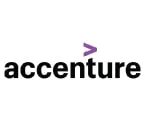

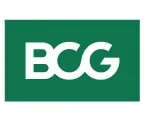
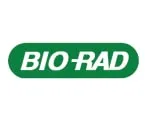
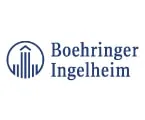

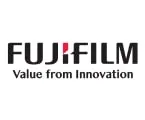

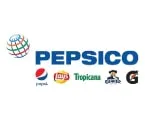
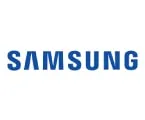
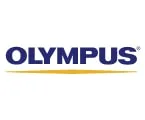
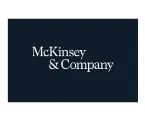
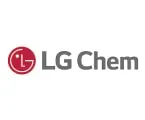
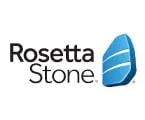
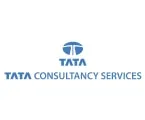

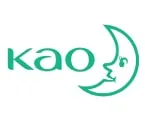

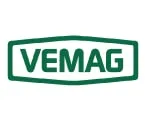
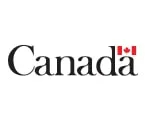

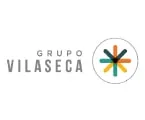
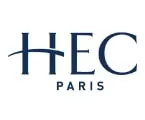
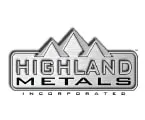
Published Date: Oct-2025
Published Date: Sep-2025
Published Date: Jul-2025
Published Date: May-2025
Published Date: Sep-2025
Please enter your corporate email id here to view sample report.
Subscribe to get the latest industry updates